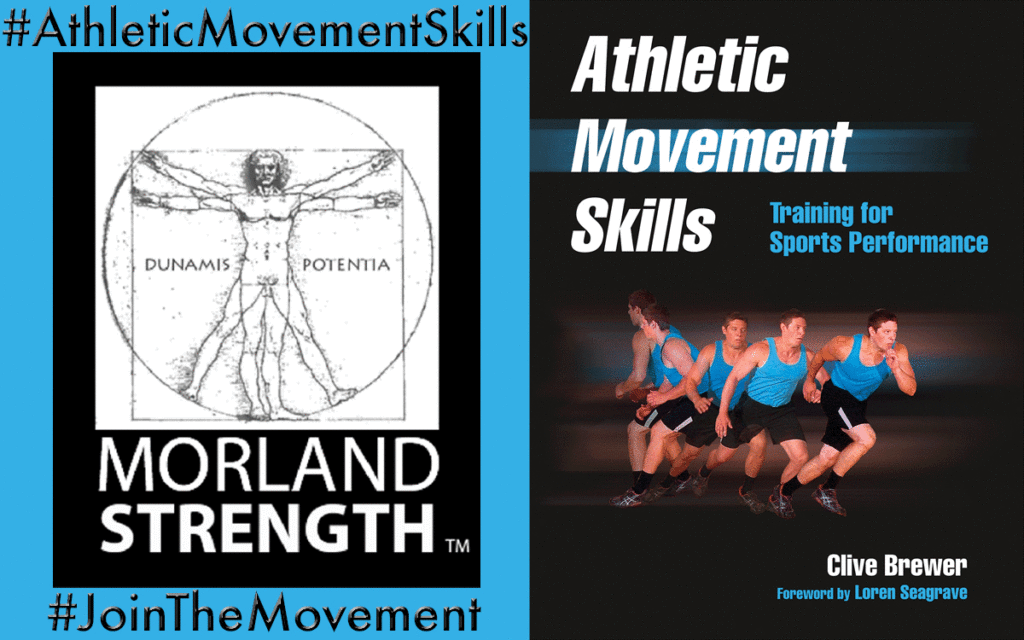
An athlete’s goals and objectives are met through correct implementation of high quality developmental training programs. A trainer or coach must first conduct a proper and thorough screening of the athlete/client’s posture. Clive Brewer clearly showed in Chapter 6, “Evaluating Posture,” that the NEEDS to be addressed are really important, and the NEED in almost every client or athlete is having correct posture to ensure a proper foundation for movement and programming.
This chapter has identified a series of practical and easy-to-implement protocols that will show how the athlete is able to control posture in both static and dynamic environments. Moreover, experienced viewing of these quantifiable observations will help coaches guide better program development. In-line lunge, static shoulder flexibility, body weight squat, and ankle mobility are all important tests and thus these are the ones I am going to cover briefly in this blog.
In-line lunge:
Hip and lower limb mobility is best tested from a unilateral standpoint, and many sports are played one leg at a time (running, turning, cutting, etc.). It makes sense to start with an in-line lunge test. Athletes should be able to extend and flex the hips repeatedly without moving the feet while maintaining balance and keeping the trunk upright. Shoulder and thoracic spine mobility will be the limiting factor here, as the lunge control starts from up top.
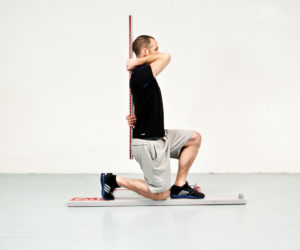
Static shoulder flexibility:
Holding a dowel behind the back and assessing the distance between each hand would help see how flexible an athlete’s shoulders are, but this test should be based on stability first, which shows a person can hold a proper upright position.
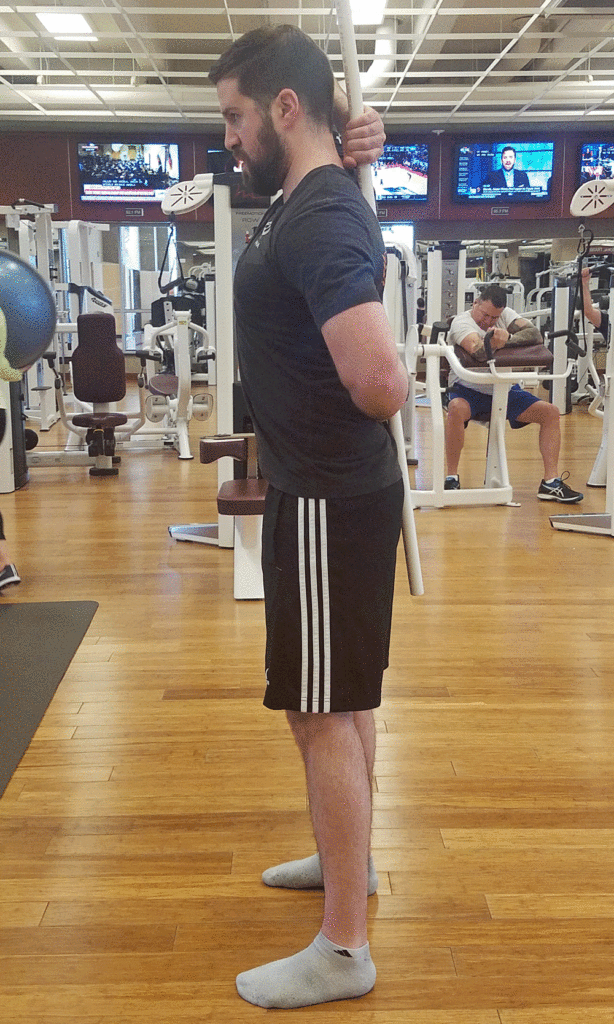
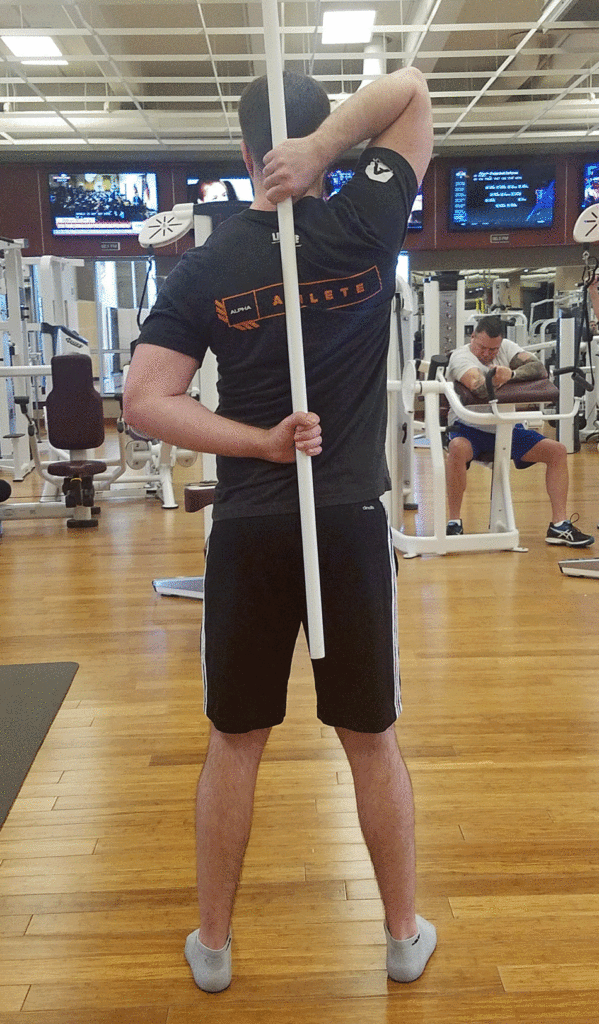
Body weight squat:
This is the biggest test of mobility and stability. Have an athlete perform a body weight squat and bring the hips below the knee line (under 90 degrees). Figure 6.10 shows a great check list for the following:
- Head position: neck flexes, stays neutral, or extends.
- Movement initiation: knees, same time hip and knee flexion, back hip flexion.
- Trunk: forward lean, upright trunk, thoracic movement or limitation.
- Lumbopelvic hip complex: anterior pelvic tilt, neutral pelvis, posterior pelvic tilt.
- Depth: hips below knee line, hips level with knees, hips above knee.
- Knee alignment: valgus collapse, over second toe, varus deviation.
- Weight distribution: in the toes, mid-foot, or towards heels.
The deviations in all these can be caused by a range of factors, it is important to remember that each athlete has a unique form of squatting based on factors controlling or shaping a way an athlete moves. These may include flexibility, femur size, femur to torso size, torso height, ankle mobility, hamstring mobility or tightness, etc.
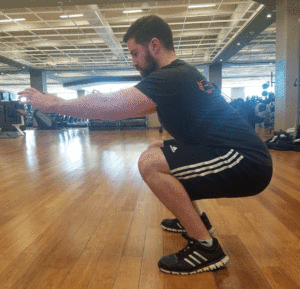
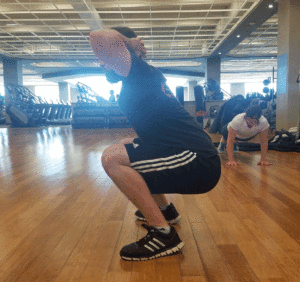
Ankle mobility:
In this test, the athlete places a foot on a raised step and pushes the knee forward over the toe. If the knee can move in front of the toe while the heel stays flat, the ankle mobility will be in good position. An athlete with poor ankle mobility will have another limiting factor in squatting.
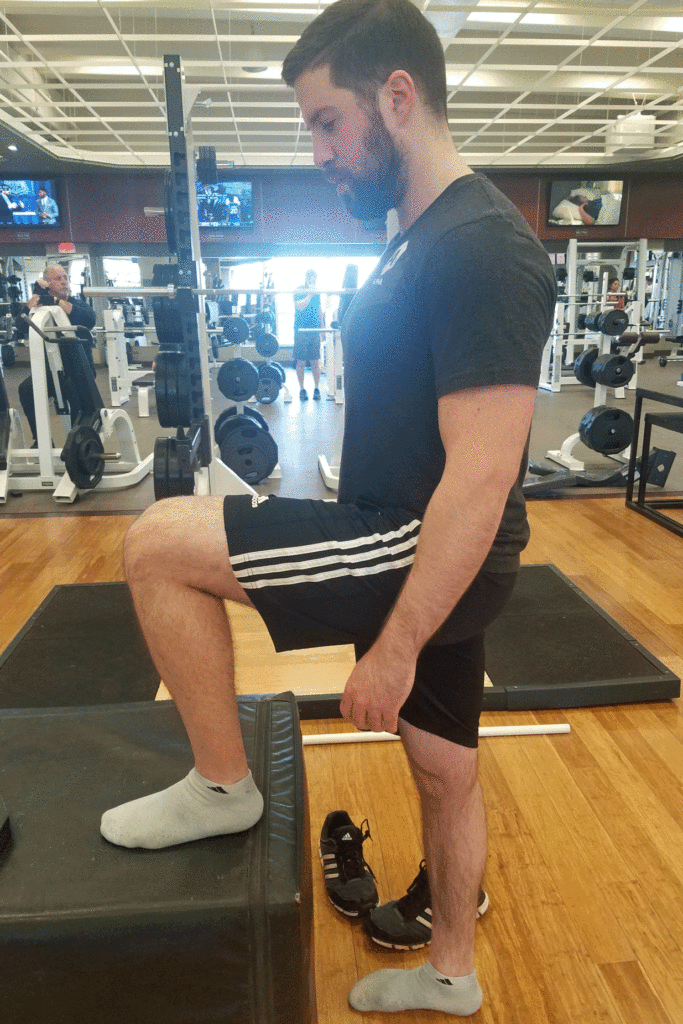
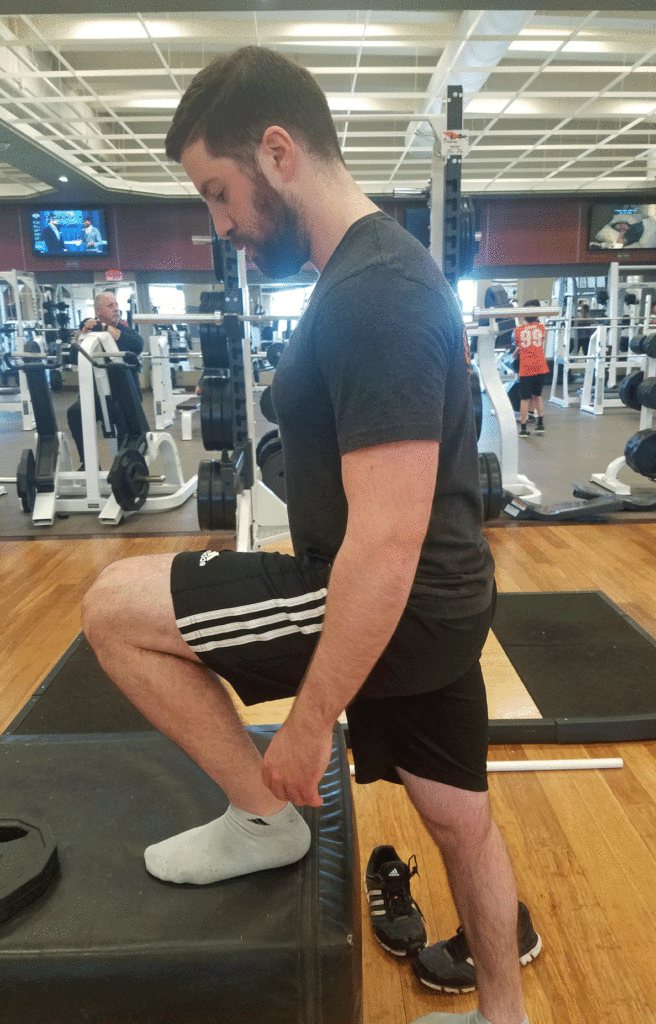
There are many tests to assess various aspects of joint movement and postural control. A coach using a specific testing apparatus must have a fundamental objective for that test, regardless of what aspect of fitness, psychology or lifestyle is being assessed.
All successful athlete developmental programs are based on informed and objective decisions according to each specific athlete. Data must be collected, patterns must be established, and common practice needs to happen. There is not a stand-out testing protocol; however, key components of human movement must be assessed and addressed to help coaches develop the best programs with the correct progressions, regression, and goals with our athletes’ ability to move within reason.
Amer Nahhas CSCS, NSCA-CPT, USAW-L1
I invite you to invite others to #JoinTheMovement toward better #AthleticMovementSkills! Our team including Coach Amer, Coach Cowick, Coach Blaser, and Coach Byrd, is ready for you to make your move!
Would you like to follow Morland STRENGTH’s link here: new Instagram account?
#MorlandSTRENGTH #AthleticMovementSkills #JoinTheMovement
“The views, opinions, and judgments expressed in this message are solely those of the authors and peer reviewers. This content has been reviewed by a team of contributors but not approved by any other outside entity including the Roman Catholic Diocese of Raleigh.”

